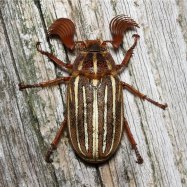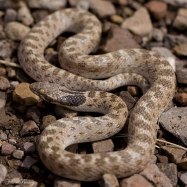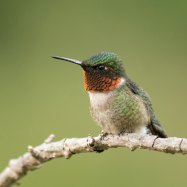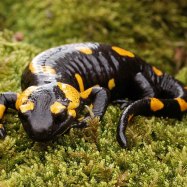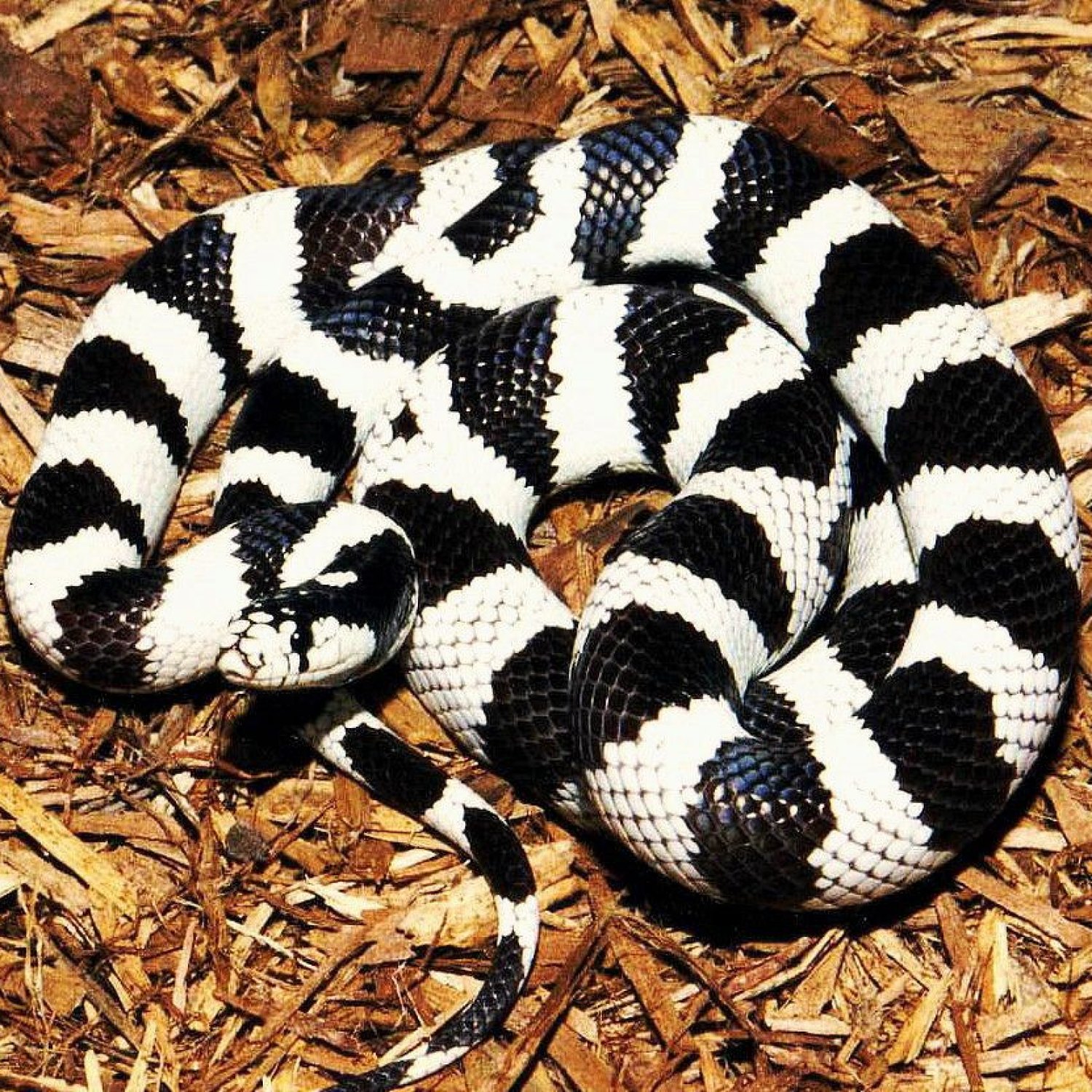
California Kingsnake
2-4 feet
The California Kingsnake is a common sight in its namesake state, measuring 2-4 feet in length. Part of the Colubridae family, its slender and cylindrical body allows it to move with ease in its natural habitat. Keep an eye out for this fascinating creature on your next visit to California. #CaliforniaKingsnake #Colubridae #AnimalSpotting
Animal Details Summary:
Common Name: California Kingsnake
Kingdom: Animalia
Habitat: Woodlands, grasslands, deserts
The Stunning California Kingsnake: A Master of Adaptation in the American Southwest
In the southwestern United States and Baja California, there is a striking and highly adaptable predator known as the California Kingsnake. With its scientific name Lampropeltis californiae, this species has captured the awe and fascination of both reptile enthusiasts and the general public alike. From its striking appearance to its remarkable behaviors, the California Kingsnake is a true master of adaptation and survival.The Animal Kingdom's Sanctioned Beauty
The California Kingsnake belongs to the Animalia kingdom, a diverse group of living organisms that possess specialized cells and consume other organisms to obtain energy California Kingsnake. As a member of the class Reptilia, it also shares certain characteristics with other scaly, cold-blooded creatures such as turtles and lizards.As a relatively medium-sized snake, the California Kingsnake falls into the order Squamata, which encompasses lizards, snakes, and worm-lizards. Within this order, the kingsnake belongs to the family Colubridae, which is the largest and most diverse family of snakes in the world. This family includes a wide range of species, from the commonly seen Garter snakes to the highly venomous and deadly copperheads.
However, what sets the California Kingsnake apart is its unique adaptability and resilience to thrive in multiple habitats and environments.
From Woodlands to Deserts: The California Kingsnake's Versatile Home
The California Kingsnake is a true jack of all trades when it comes to its habitat selection. This species can be found in a variety of environments, from woodlands and grasslands to deserts. This adaptability is attributed to its ability to regulate its body temperature, making it well-suited for life in a wide range of temperatures.In woodlands and grasslands, the California Kingsnake can often be found under rocks, logs, or leaf litter, using its sleek and slender body to navigate through tight crevices and holes Cactus Wren. Here, it preys on small mammals, such as rodents and birds, as well as other reptiles, such as lizards and other snakes.
In contrast, in the deserts of the southwestern United States, where temperatures can reach scorching levels, the California Kingsnake has also found a home. It is able to survive in such harsh conditions by burrowing deep underground, where temperatures are more moderate, and emerging at night to hunt for prey.
A Carnivorous Lifestyle: The California Kingsnake's Feeding Method
Like most snakes, the California Kingsnake is a carnivore, meaning it strictly feeds on other animals to obtain the necessary nutrients for survival. However, what sets this species apart is its diverse diet, consisting of small mammals, birds, and other reptiles.One of the most fascinating behaviors of the California Kingsnake is its ability to prey on other snakes, including venomous ones, due to its immunity to their venom. This makes it a valuable part of the ecosystem, as it helps control the population of venomous snakes.
When hunting, the California Kingsnake uses its heightened sense of smell to track down prey and then uses its sharp teeth and powerful constriction to overpower and subdue its victims. This skillful combination of hunting methods makes it a formidable predator in its natural environment.
The Beauty of Adaptation: The California Kingsnake's Awe-Inspiring Coloration
One of the most remarkable features of the California Kingsnake is its variable and striking coloration. While the overall appearance of this species is a combination of black, white, and brown, the exact pattern and distribution of these colors can vary greatly.This has led to a wide range of color morphs or variations within the species, making each individual truly one of a kind. Some of the most common color morphs include banded, striped, and speckled patterns, each providing effective camouflage in their respective habitats.
While its coloration may seem like merely a visual characteristic, it actually serves a vital purpose in the California Kingsnake's survival. The patterns and colors on its body allow the snake to blend seamlessly into its surroundings, making it difficult for predators to spot them and increasing its chances of survival.
A Sleek and Slender Design: The California Kingsnake's Body Shape and Length
In addition to its impressive coloration, the California Kingsnake also possesses a distinctive body shape. Its body is long and slender, with a cylindrical shape, allowing it to move swiftly through its habitat, both on land and in water. This makes it an effective predator, able to quickly catch and consume its prey.The average length of a California Kingsnake can range from 2-4 feet, with some individuals reaching up to 6 feet in length. Females are typically larger than males, showcasing one of the many ways this species exhibits sexual dimorphism.
Additionally, alongside its adaptable coloration and diverse diet, the California Kingsnake's length and body shape contribute to its impressive adaptability and survival.
From the United States to the World: The Geographical Distribution of the California Kingsnake
As the name suggests, the California Kingsnake is primarily found in the state of California, with its range extending into neighboring states, such as Arizona and Nevada. It is also found in the Baja California region of Mexico, making it a truly North American species.However, due to its popularity in the pet trade, this species has been introduced and established in various parts of the world, from Japan to Europe. While this can have negative impacts on the local ecosystems, it also serves as a testament to the adaptability and resilience of the California Kingsnake.
The Future of the California Kingsnake: Conservation Efforts and Threats
As with all species, the California Kingsnake faces its own set of threats and challenges. One of the main threats comes from habitat destruction and fragmentation due to human activities, such as urbanization and agricultural development. This has led to a decline in the population of this species in some regions.Additionally, as mentioned earlier, the California Kingsnake is often collected and traded in the exotic pet market, leading to potential genetic and health risks for wild populations. This practice can also impact the number of wild individuals if not regulated properly.
In response to these threats, various conservation organizations and efforts are underway to protect and preserve the California Kingsnake. These include ongoing research and monitoring, habitat preservation, and education and outreach programs to raise awareness about the importance of this species.
An Adapted Masterpiece: The Marvelous California Kingsnake
In conclusion, the California Kingsnake, with its scientific name Lampropeltis californiae, is a remarkable and highly adaptable species that has captivated the hearts and imaginations of many. From its stunning coloration and unique body shape to its diverse diet and ability to thrive in multiple habitats, this snake is a true master of adaptation and survival.As we continue to learn about and appreciate the beauty and significance of this species, it is vital that we also do our part to protect and preserve its existence for future generations to admire and appreciate. The California Kingsnake truly is a masterpiece of adaptation in the American Southwest, showcasing the incredible diversity and resilience of nature.

California Kingsnake
Animal Details California Kingsnake - Scientific Name: Lampropeltis californiae
- Category: Animals C
- Scientific Name: Lampropeltis californiae
- Common Name: California Kingsnake
- Kingdom: Animalia
- Phylum: Chordata
- Class: Reptilia
- Order: Squamata
- Family: Colubridae
- Habitat: Woodlands, grasslands, deserts
- Feeding Method: Carnivorous
- Geographical Distribution: Southwestern United States and Baja California
- Country of Origin: United States
- Location: California
- Animal Coloration: Variable, but usually a combination of black, white, and brown
- Body Shape: Slender and cylindrical
- Length: 2-4 feet
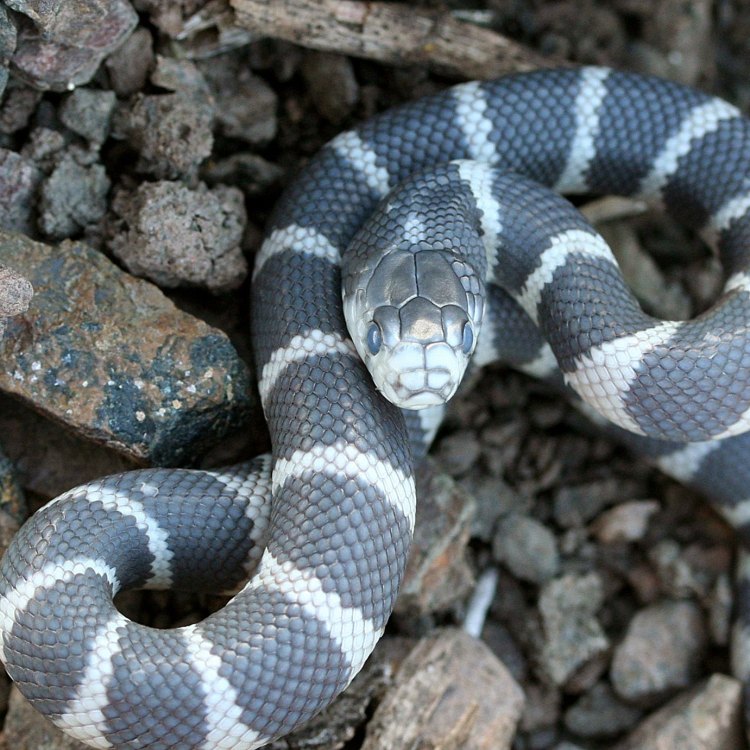
California Kingsnake
- Adult Size: 3-6 feet
- Average Lifespan: 12-20 years
- Reproduction: Sexual
- Reproductive Behavior: Oviparous (lays eggs)
- Sound or Call: Hissing, rattling tail
- Migration Pattern: Non-migratory
- Social Groups: Solitary
- Behavior: Nocturnal, secretive
- Threats: Habitat loss, road mortality, illegal collection
- Conservation Status: Least Concern
- Impact on Ecosystem: Important predator of rodents
- Human Use: Popular pet snake species
- Distinctive Features: Banded body pattern, smooth scales
- Interesting Facts: California Kingsnakes are known for their ability to eat other venomous snakes, including rattlesnakes.
- Predator: Birds of prey, larger snakes, mammals
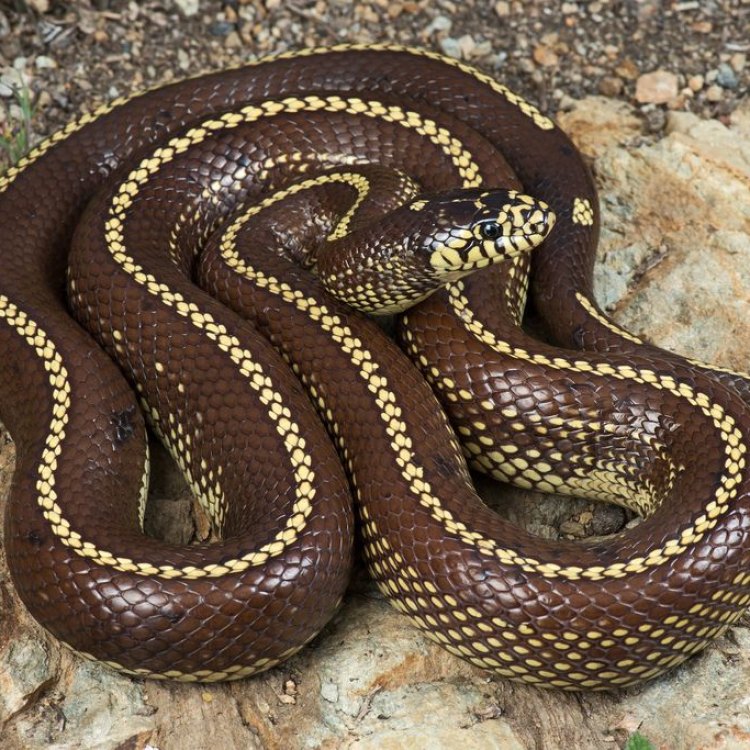
Lampropeltis californiae
The California Kingsnake: A Fascinating and Important Predator of the Wild West
Nestled along the western coast of the United States lies a diverse and vibrant state known as California. Among its most iconic wildlife is the California Kingsnake, a sleek and powerful serpent that calls this state its home. From its distinctive banded body and smooth scales to its interesting mating habits and diet, the California Kingsnake is a fascinating and important creature that deserves to be recognized and understood.Adult California Kingsnakes typically reach a size of 3-6 feet, making them a medium-sized snake compared to other species PeaceOfAnimals.Com. However, do not let their size fool you, as these snakes can live an average lifespan of 12-20 years in the wild, and even longer in captivity. With such a long life expectancy, this species has ample time to establish itself as an integral part of their ecosystem.
Reproduction in California Kingsnakes is sexual, meaning that they require both a male and female for reproduction to occur. However, their reproductive behavior is unique in that they are oviparous, laying eggs instead of giving birth to live young. This allows them to lay multiple clutches of eggs throughout their lifespan, ensuring the survival of their species.
When it comes to communicating, California Kingsnakes rely on hissing and rattling their tail as a form of defense when threatened. This sound or call is distinctive and can be heard by predators and humans alike. However, what sets these snakes apart from others is their unique ability to mimic the hissing and rattling sound of other venomous snakes, including rattlesnakes. This makes them appear more threatening and can often deter predators from attacking Canada Lynx.
One aspect that sets the California Kingsnake apart from other snakes is its non-migratory pattern. While some snakes migrate to find suitable habitats or food sources, California Kingsnakes tend to stay in the same area throughout their lifetime. This makes them essential components of their ecosystem, as they play a crucial role in their local food chains.
In terms of social groups, California Kingsnakes are solitary creatures. They prefer to live and hunt alone, only seeking out other snakes during mating season. This secretive behavior, along with their nocturnal habits, makes them challenging to spot in the wild. However, their elusive nature only adds to their mysterious and alluring appeal.
As with many wild animals, California Kingsnakes face several threats to their survival. The most significant threat comes from habitat loss due to human development. As their natural habitats shrink, these snakes are forced to live in more confined areas, making it harder for them to hunt and reproduce. Additionally, illegal collection for the pet trade also poses a substantial risk to their population. It is important to ensure that these snakes are not taken from their natural habitat and instead bred in captivity to preserve their existence.
Despite these threats, the California Kingsnake is currently classified as "Least Concern" on the International Union for Conservation of Nature's (IUCN) Red List. This status is a testament to the resilience and adaptability of this species, as well as the conservation efforts being made to protect them.
In fact, the California Kingsnake has a crucial role in the ecosystem as a predator of rodents. These snakes are known for their ability to eat other venomous snakes, including rattlesnakes, making them valuable contributors to keeping the rodent population in check. This, in turn, helps maintain a balanced and healthy ecosystem.
Aside from their importance in the wild, California Kingsnakes also have a significant impact on humans. They are a popular pet snake species, admired for their impressive hunting abilities, unique appearance, and ease of care. However, it is essential to note that owning these snakes as pets requires a responsible owner who can provide them with proper care and a suitable habitat.
One cannot talk about the California Kingsnake without mentioning its distinctive features. These snakes are easily recognizable by their banded body pattern, which consists of alternating black and white or black and yellow bands. This pattern is not only eye-catching but also acts as a form of camouflage, helping them to blend into their surroundings and avoid predators. Their smooth scales also add to their striking appearance, making them sought after by pet owners and nature enthusiasts alike.
In conclusion, the California Kingsnake is a fascinating and important predator of the wild west. Their unique characteristics, diverse diet, and critical role in their ecosystem make them vital creatures that deserve our attention and protection. Whether you spot one in the wild or choose to admire them from afar, the California Kingsnake is a true treasure of the Golden State. So, let us join hands in preserving their existence and ensure that these intriguing creatures continue to thrive for many generations to come.
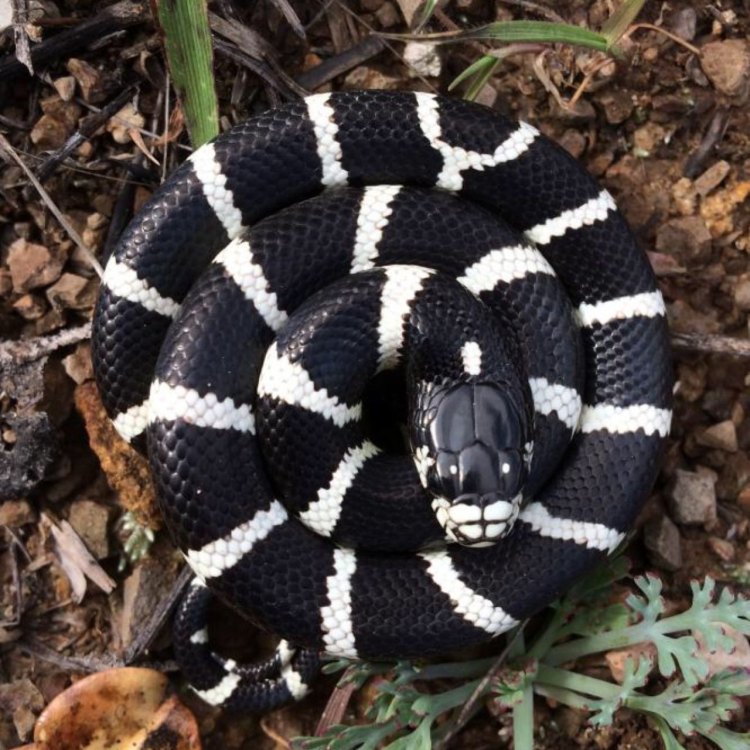
The Stunning California Kingsnake: A Master of Adaptation in the American Southwest
Disclaimer: The content provided is for informational purposes only. We cannot guarantee the accuracy of the information on this page 100%. All information provided here may change without prior notice.


